The safety and well-being of our children are paramount, and one of the most important aspects of child safety is childproofing your home. Every year, thousands of children are injured in accidents that could have been prevented with proper childproofing measures. In this comprehensive guide, we will explore 12 essential tips for childproofing your home to create a safe environment for your little ones to explore and grow.
1.Start Early and Be Proactive

Childproofing should begin well before your child starts crawling or walking. Babies develop quickly, and it’s essential to be ahead of their milestones. Install safety measures and keep potential hazards out of reach before your child can access them.
2. Identify and Remove Choking Hazards
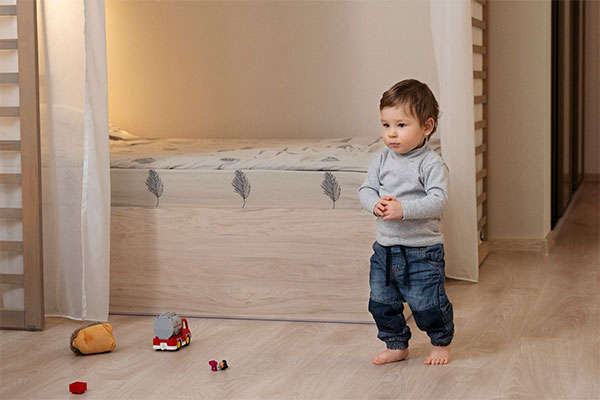
Babies and toddlers tend to put everything in their mouths, so it’s crucial to identify and remove small objects that could pose choking hazards. Be vigilant about picking up small toys, coins, buttons, and any other tiny items.
Visit: healthy homemade drinks for kids
3. Secure Furniture and Appliances

Heavy furniture and appliances can be dangerous if not properly anchored. Use furniture straps to secure bookshelves, dressers, and televisions to the wall. Ensure that heavy appliances like ovens and refrigerators are also safely anchored.
4. Install Safety Gates
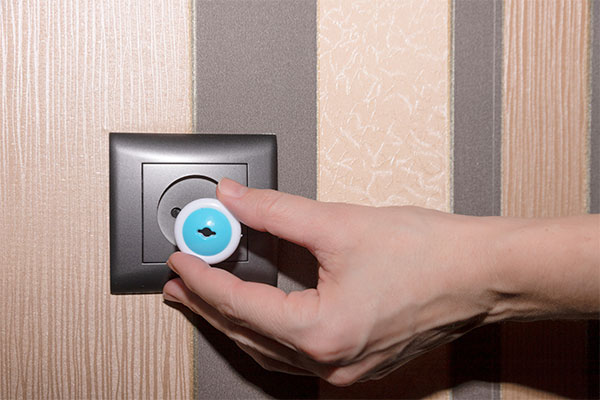
Safety gates are a must-have for homes with stairs or rooms you want to keep off-limits. Choose gates that are sturdy, easy to install, and equipped with childproof latches.
5. Cover Electrical Outlets

Electrical outlets are fascinating to little explorers but can be extremely dangerous. Install outlet covers or caps to prevent children from inserting objects into the sockets.
6. Use Cabinet Locks and Latches
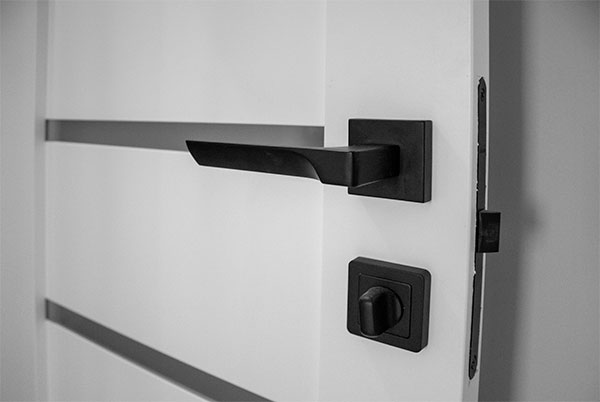
Cabinets and drawers in the kitchen and bathroom often contain chemicals, cleaning supplies, and sharp objects. Install cabinet locks and latches to keep these areas inaccessible to your child. Store hazardous items out of reach.

7. Secure Windows and Blind Cords

Window falls and blind cord accidents are preventable tragedies. Use window guards or stops to keep windows from opening too wide, tie up blind cords, or use cord wind-ups to eliminate strangulation hazards.
Visit: advantages of fast food
8. Install Corner and Edge Protectors

Sharp corners and edges on furniture, countertops, and hearths can be dangerous for little ones. Soften these areas with corner and edge protectors to reduce the risk of bumps and bruises.
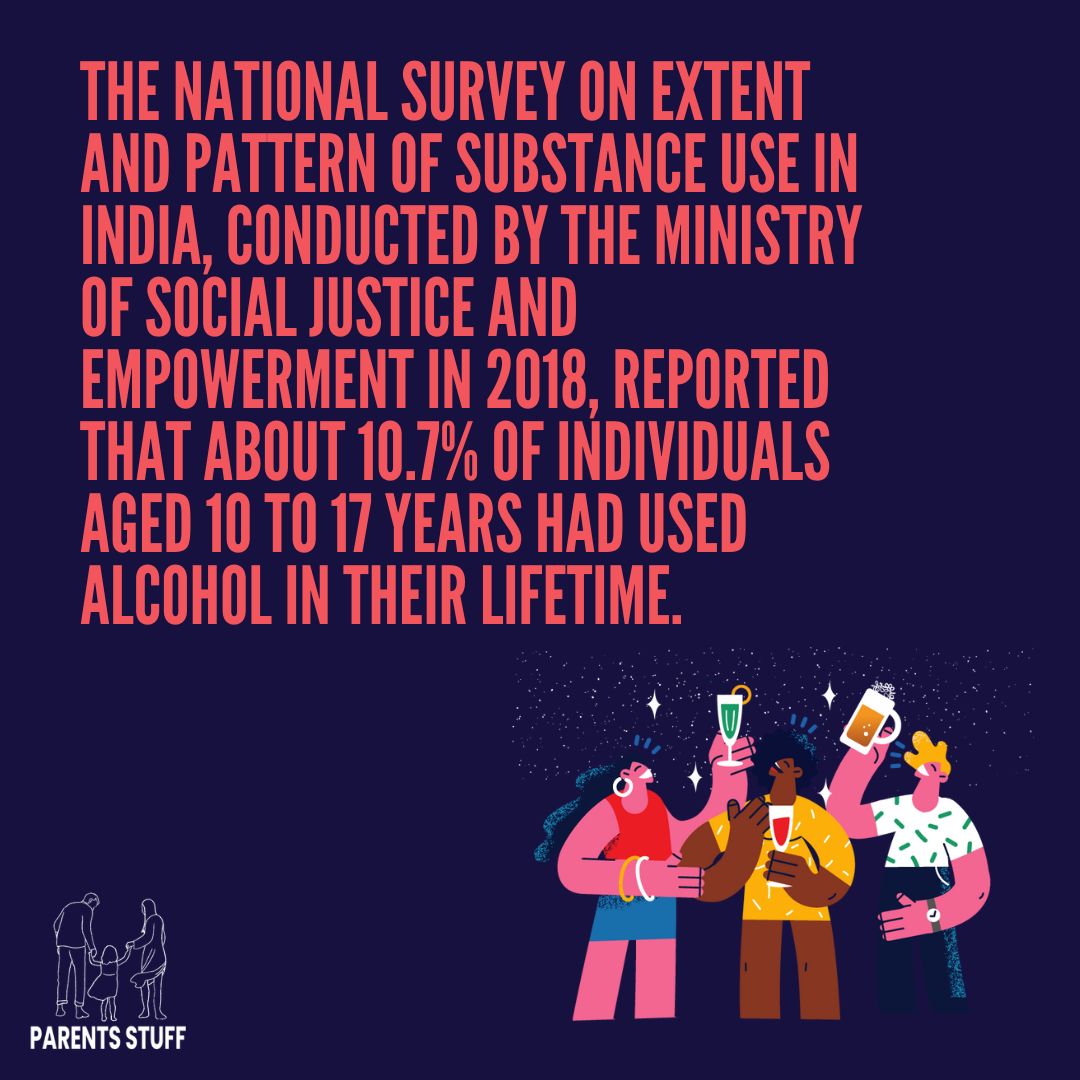
9. Lock Away Hazardous Materials

Household cleaners, medications, and other potentially toxic substances should be stored in locked cabinets or high out of reach. Make sure to keep the number for Poison Control handy.
10. Teach Your Child About Safety

As your child grows, it’s essential to teach them about safety and potential hazards. Explain why certain areas or objects are off-limits and educate them on the dangers of common household items.
Visit: tips for working mothers
11. Supervise and Stay Alert
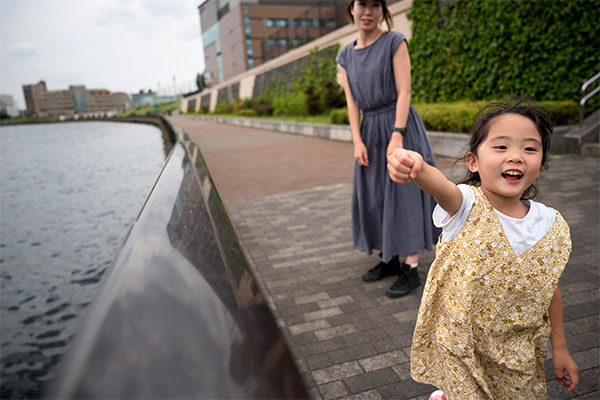
Childproofing is essential, but it’s not a substitute for active supervision. Always keep a watchful eye on your child, especially in potentially hazardous situations or environments.
12. Regularly Reevaluate and Update
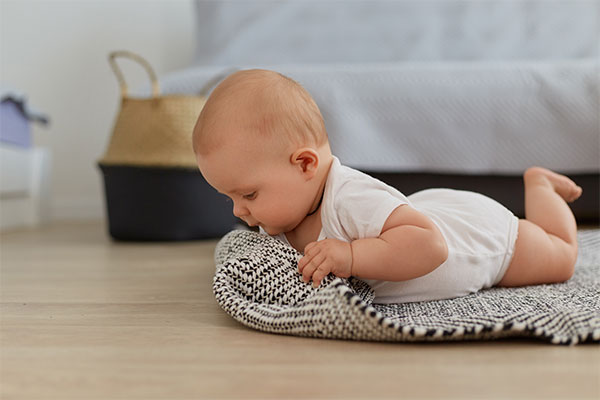
Childproofing needs may change as your child grows. Regularly reassess your home to ensure it remains safe and make any necessary updates.
Visit: how to put your baby to sleep
Conclusion
Childproofing your home is an ongoing process that requires vigilance and a commitment to your child’s safety. By following these 12 essential tips for childproofing, you can create a safe and secure environment for your little one to explore and thrive in. Remember that childproofing is not a one-time task; it’s an ongoing commitment to keeping your child safe as they grow and develop. Your efforts in childproofing will provide peace of mind and ensure that your home is a place where your child can learn and play without unnecessary risks.

